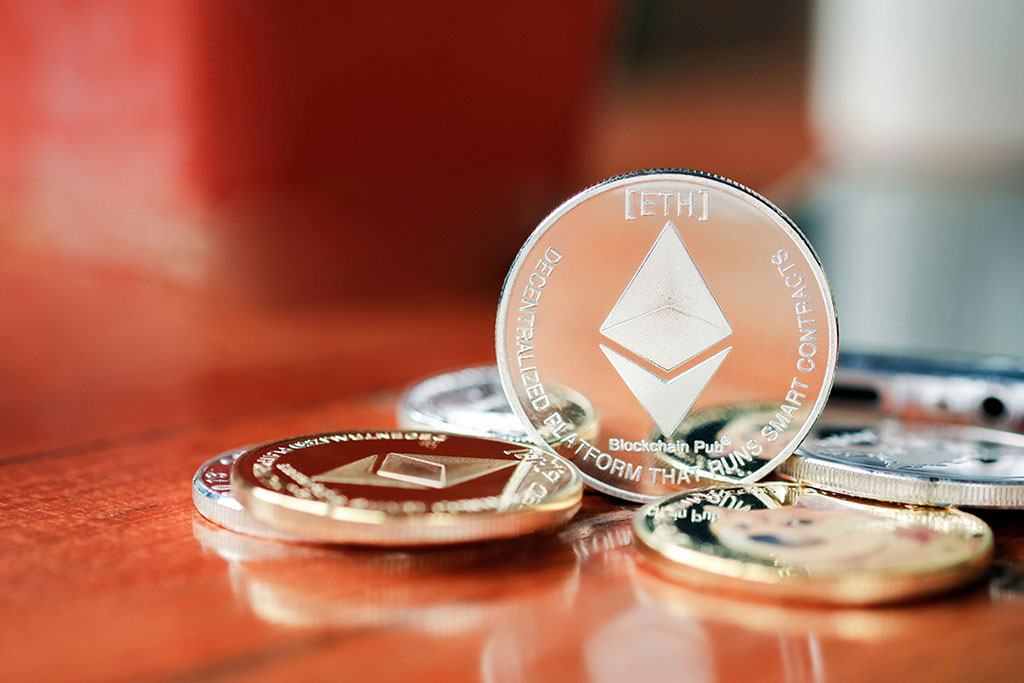In an era where blockchain integration is more than a luxury—it’s a necessity, Injective steps up to the plate with a groundbreaking innovation. The company has recently unleashed its inEVM platform, designed as a masterstroke to bridge the once disparate worlds of Solana, Cosmos, and Ethereum.
This ambitious endeavor is more than just a technical feat; it signifies a paradigm shift in how blockchains can interact, collaborate, and expand their horizons. As the lines between distinct blockchain networks blur, Injective inEVM emerges as a beacon, guiding the way toward a more cohesive and interconnected decentralized future.
inEVM: A leap forward for Ethereum developers
The introduction of the inEVM network is a testament to collaborative efforts between Injective and Caldera, a Layer-2 rollup infrastructure that enjoys the backing of Sequoia. The roll-out of this Solana and Cosmos-compatible EVM offers a plethora of advantages for the ever-growing community of Ethereum developers.
With inEVM, Ethereum developers can leverage unmatched access to the expansive Injective global network and its vast customer base. This means developers have the potential to unlock unprecedented opportunities that will elevate the outreach of their protocols.
One of the distinguishing features of inEVM is its parallelized structure. This, combined with immediate transaction finality, a comprehensive toolkit, shared liquidity, and composability throughout the Cosmos IBC universe and Solana, ensures that developers are furnished with ultra-high-speed functionalities.
Eric Chen, the co-founder and Chief Executive Officer of Injective Labs, expressed his enthusiasm regarding the potential of inEVM. He remarked, “The inEVM allows Ethereum developers to seamlessly deploy applications across Injective rollups and concurrently tap into a vast network teeming with users and liquidity.”
Revolutionizing decentralized application deployment
The real power of inEVM shines when developers commence the launch of their Decentralized Applications (DApps) on it. These DApps will possess the unique capability to establish direct composability with applications housed on Cosmos and Solana. The implications of this are vast. Builders and developers harnessing the power of the inEVM layer can experience both inter and intra-EVM compatibility.
This advancement is projected to diminish, if not entirely remove significantly, the obstacles many developers grapple with. They can anticipate a smoother developmental journey devoid of the traditional barriers and intricacies that have often hampered progress.
Injective’s trailblazing journey in Web3.0 innovation
This isn’t Injective’s debut in the sphere of innovation. The protocol has consistently been at the forefront, propelling transformative technologies in the Web 3.0 arena. Their commitment to advancing the blockchain field has garnered them global acclaim.
Before the emergence of inEVM, Injective made waves with the introduction of SVM, previously termed “Cascade.” This pioneering solution was the maiden Solana Virtual Machine roll-up that got integrated into the expansive Inter-Blockchain Communication (IBC) ecosystem.
In a broader context, Injective’s endeavors resonate with the visionary strategies employed by other notable platforms in the decentralized sphere, including Cardano, Filecoin, and Telos. All are united in their mission to drive groundbreaking evolutions in the Web 3.0 landscape.
Conclusion
The debut of inEVM by Injective is set to recalibrate the dynamics of the blockchain ecosystem, providing developers with powerful tools and a more unified infrastructure. As blockchain technologies continue to merge and interoperate, the decentralized future seems brighter and more integrated than ever before.





